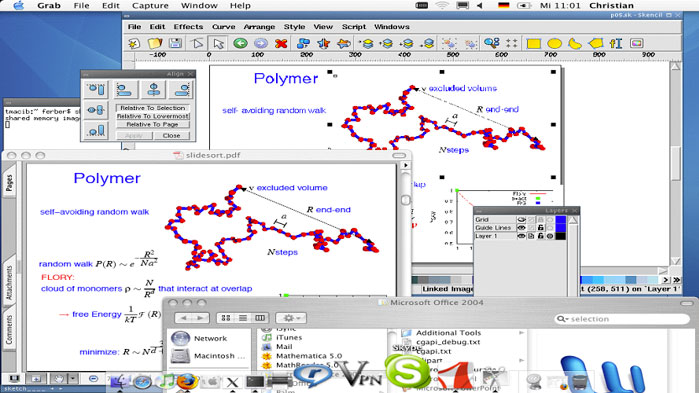


When you visit the page, you should be able to open up the console and type Two. Once downloaded add this tag to the of your document. In order to start any of these demos you'll want to download two.js and add it to your HTML document. Easily load single images, sprite sheets, and image sequences with just a few method calls. For more information check out the examples.ĭespite its early focus on easing vector shape creation and animation, Two.js offers many easy-to-use features to handle and render bitmap images. This means developers and designers alike can create SVG elements in commercial applications like Adobe Illustrator (opens new window) and bring them into your two.js scene. Two.js features a Scalable Vector Graphics (opens new window) Interpreter. For more information check out the examples. It is simple in nature and can be automated or paired with another animation library. After you make the object you can apply any number of operations to it - e.g: rotation, position, scale, etc. This means that when you draw or create an object (a Two.Path or Two.Group), two actually stores and remembers that. As a result, two.js aims to make the creation and animation of flat shapes easier and more concise.Īt its core two.js relies on a scenegraph (opens new window). Two.js is deeply inspired by flat motion graphics (opens new window). We demonstrate that our network learns to accurately reconstruct diverse vector graphics, and can serve as a powerful animation tool by performing interpolations and other latent space operations. We introduce the task of complex SVG icons generation by releasing a new large-scale dataset along with an open-source library for SVG manipulation. The network directly predicts a set of shapes in a non-autoregressive fashion.

Our architecture effectively disentangles high-level shapes from the low-level commands that encode the shape itself. In this work, we propose a novel hierarchical generative network, called DeepSVG, for complex SVG icons generation and interpolation. However, despite the success of deep learning-based models applied to rasterized images, the problem of vector graphics representation learning and generation remains largely unexplored. Scalable Vector Graphics (SVG) are ubiquitous in modern 2D interfaces due to their ability to scale to different resolutions.


 0 kommentar(er)
0 kommentar(er)
